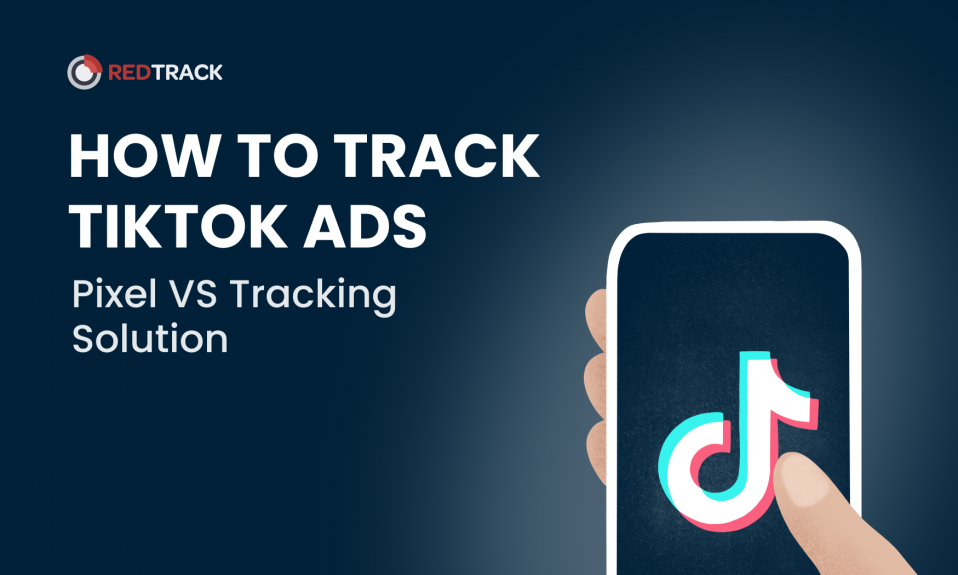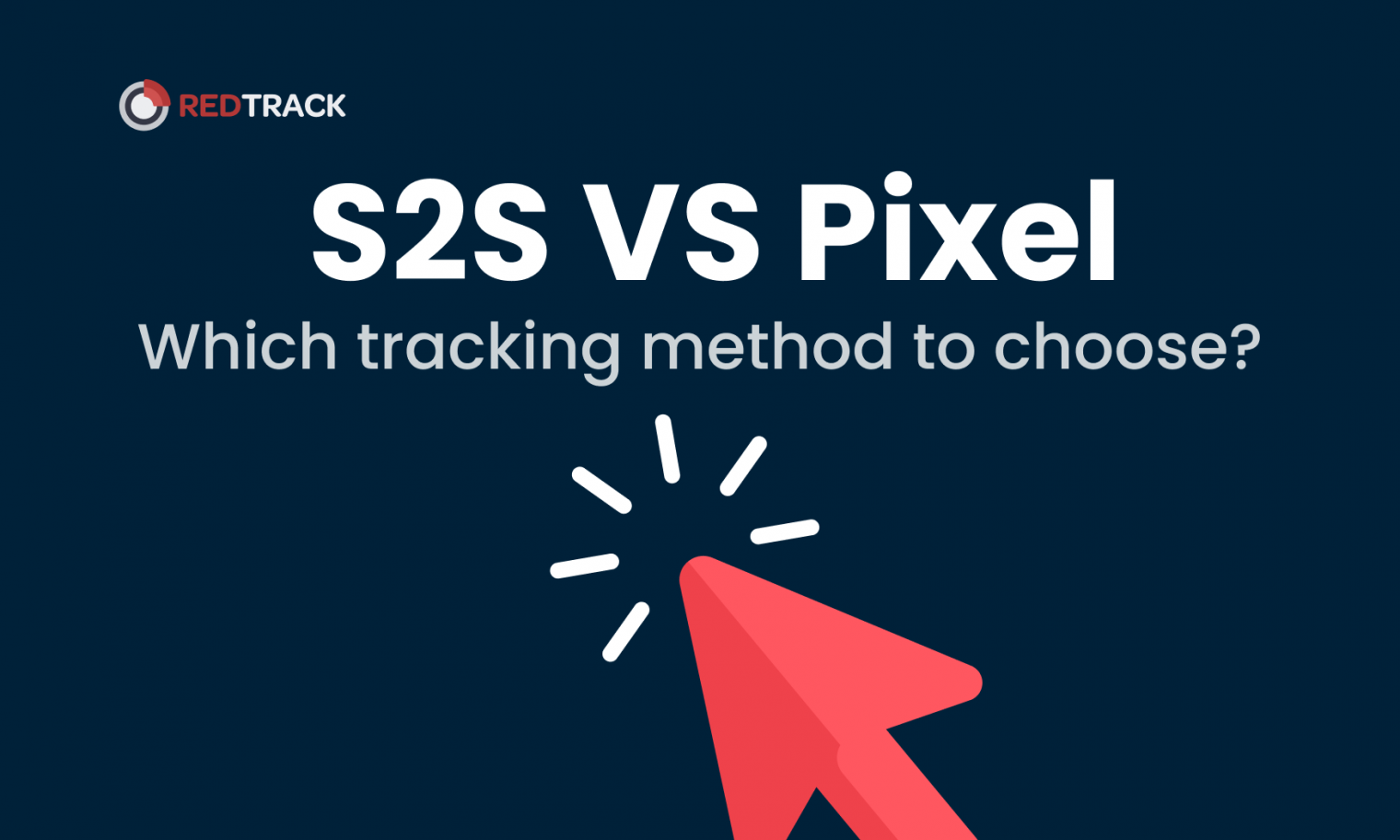
Check our 2-minute video to explore 5 reasons users choose RedTrack as their ad tracking & attribution partner.
Understanding traffic sources is pivotal for media buyers and marketers. This comprehensive guide delves into the various types of traffic sources, their significance, and how to leverage them effectively. Traffic sources refer to the origins of users who visit a website. These are classified into different categories based on how visitors arrive at a site. The primary types include organic, direct, referral, social, paid, and email traffic.
In the realm of digital marketing, organic traffic stands as a cornerstone. It's the kind of traffic that finds its way to your website naturally, through search engines, without the aid of paid advertising. This section delves into the nuances of organic traffic, highlighting its importance in building a sustainable and credible online presence.
Contrasting organic traffic, paid traffic emerges as a swift and potent force. It involves strategically investing in advertising to attract visitors. This segment explores the dynamics of paid traffic, its immediate impact on visitor inflow, and how it fits into a comprehensive marketing strategy.
Direct traffic is the segment of visitors who arrive at your site by directly typing your URL into their browser. This chapter focuses on understanding the significance of direct traffic and the audience's brand awareness and loyalty it indicates.
Referral traffic is born from other websites linking to your site. This section uncovers the power of external links and their role in enhancing your site's reach and credibility, discussing strategies to maximize referral traffic.
The impact of social media in driving traffic is undeniable. Here, the focus is on how to effectively use social networks to increase website traffic, discussing various platforms and their unique advantages.
Email marketing remains a powerful tool. This part of the narrative addresses how personalized email campaigns can drive traffic to your website and the best practices for maximizing this type of traffic.
Search traffic, primarily from search engines like Google, is a major traffic source. This chapter discusses strategies for optimizing your site to rank higher in search results, enhancing visibility and traffic.
Display traffic involves attracting visitors through visual advertisements. This section explores how display ads work, their placement strategies, and how they contribute to overall traffic.
Affiliate marketing is a unique traffic source involving partnerships. This chapter explores how affiliating with other businesses or individuals can drive traffic to your site, along with tips for effective affiliate marketing.
Influencer marketing has risen in prominence. Here, the focus is on how influencers can drive traffic to your website and the best ways to collaborate with them for maximum impact.
With the increasing use of mobile devices, mobile traffic has become crucial. This section discusses the importance of optimizing for mobile traffic and strategies to attract and retain mobile users.
Despite the rise of mobile, desktop traffic remains significant. This chapter looks at the unique characteristics of desktop users and how to tailor strategies to this audience.
International traffic involves visitors from different countries. This section covers strategies for attracting and catering to an international audience, including localization and cultural considerations.
Conversely, local traffic focuses on visitors from specific regions or communities. Here, the emphasis is on strategies to attract local traffic, including local SEO and community engagement.
Capitalizing on Time-Specific Opportunities
Seasonal traffic spikes during certain times or events. This chapter discusses how to capitalize on these opportunities, planning campaigns to maximize traffic during peak seasons.
Evergreen traffic, in contrast, is consistent and not time-bound. This final section explores strategies to maintain a steady stream of traffic, focusing on timeless content and ongoing engagement tactics.
Traffic sources are the lifeblood of digital marketing. Understanding and effectively leveraging these sources are critical for the success of any online marketing campaign. By staying informed and adaptable, media buyers and digital marketers can not only attract but also retain a valuable online audience.

Check our 2-minute video to explore 5 reasons users choose RedTrack as their ad tracking & attribution partner.

Join our Facebook group to participate in the discussions, share your insights with like-minded people, and ask for support if needed.

Find out how Financer.com optimized the conversion rates of both organic and paid traffic by 60% with RedTrack.